
Ópalos de todo el mundo
 ¿Sabías que se pueden encontrar ópalos en todos los rincones del planeta? Exploremos los ópalos del mundo.
¿Sabías que se pueden encontrar ópalos en todos los rincones del planeta? Exploremos los ópalos del mundo.
Los ópalos australianos han sido la principal fuente de ópalos durante el último siglo, con un estimado del 97% de la producción proveniente de los yacimientos de ópalo australianos.
Los yacimientos de ópalo más recientes se encuentran en Etiopía. Allí comenzaron la producción de ópalos a escala comercial hace poco más de diez años. Las minas de ópalo más antiguas registradas están en Eslovaquia, donde se extraían ópalos cristalinos.
Los compradores de ópalos pueden ver en línea todos estos fabulosos ópalos del mundo para comparar y contrastar el espectacular despliegue de colores que ninguna otra gema exhibe.
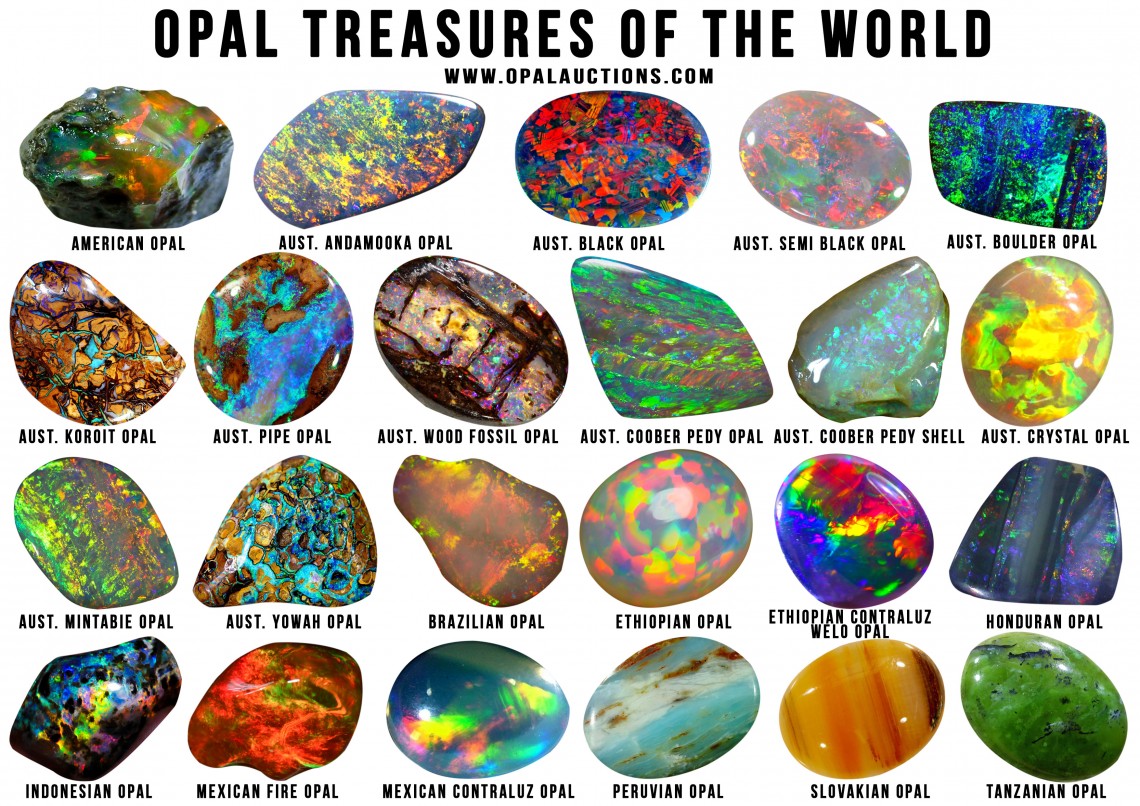
Desde los raros ópalos negros arlequín hasta los impresionantes patrones de panal de los ópalos etíopes, cada país ofrece un ópalo único. Esto brinda a cada propietario el placer de poseer una pieza individual que nadie más tiene. A diferencia de otras gemas que pueden ser similares, como los zafiros, los rubíes e incluso los diamantes.
El ópalo es un producto de la naturaleza y es raro encontrar dos ópalos iguales. Esta es una de las razones por las que los ópalos son tan populares y conservan un buen valor, ya que la demanda supera la oferta.
Principales zonas productoras de ópalo:
1. ÓPALOS AUSTRALIANOS
Ópalo negro de Lightning Ridge en Lightning Ridge, Nueva Gales del Sur.
Los ópalos negros de Lightning Ridge tienen un tono corporal entre N1 y N4 para el negro y entre N5 y N6 para los ópalos seminegros u oscuros.
Ópalo de roca de Queensland. Los ópalos de roca se encuentran en una vasta extensión de Queensland y están compuestos de piedra de hierro con inclusiones de color ópalo en las vetas. El ópalo de roca matriz también presenta inclusiones de color en las vetas.
Ópalo de Coober Pedy, procedente del sur de Australia. El ópalo de Coober Pedy produce un buen brillo en los ópalos blancos y cristalinos, lo que lo convierte en un material excelente para la elaboración de ópalos dobletes o tripletes.
Se ha encontrado ópalo rosa en Australia Occidental y tiene una composición similar a la de la mookatita.
Tintenbar opal es un pequeño yacimiento de ópalo volcánico en Nueva Gales del Sur. Su producción ha sido escasa y la mayor parte se talla en dobletes.
Andamooka es famosa por sus ópalos pintados. Estos ópalos no están pintados, sino que se forman de manera natural.
Los ópalos cristalinos de Lightning Ridge son generalmente cristales multifuego más fuertes que los ópalos del sur de Australia y también se forman en ópalos de color azul claro a transparentes y opacos.
2. ÓPALO ETÍOPE
Las piedras de ópalo de Welo son ópalos extraídos en la región montañosa llamada Welo.
El ópalo de Mezezo es un ópalo volcánico e hidrófano. Es conocido por sus hermosos patrones, que van desde el panal de abejas hasta el diseño de serpientes.
Las piezas grandes en bruto se venden como especímenes, ya que pueden presentar grietas o inclusiones antes de ser cortadas en piedras más pequeñas.
Los ópalos ahumados son ópalos de cristal natural tratados que adquieren una apariencia oscura o negra tras el tratamiento.

3. ÓPALO AMERICANO
Los ópalos americanos se encuentran repartidos en una amplia zona que abarca desde Utah hasta Nevada.
Virgin Valley tiene fama de producir los ejemplares de ópalo más singulares, y la mayoría de los ópalos se ofrecen estabilizados.
En Utah se encuentra el ópalo de encaje de Utah , que se asemeja al ágata, un ópalo de sílice coloreado llamado ópalo siniestro. Se formó por la deposición de sílice líquida caliente sobre una veta de ópalo Haylite. También se encuentra en Utah el ópalo Candy Stripe.
El ópalo Spencer de Idaho se suele convertir en dobletes para reforzar las láminas de ópalo.
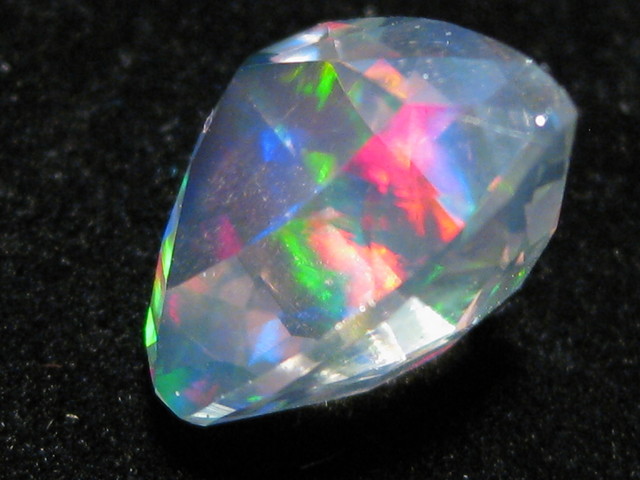
4. ÓPALO DE FUEGO MEXICANO
Los ópalos de fuego cristalinos lucen hermosos como ópalos de fuego mexicanos facetados, con intensos tonos naranja a amarillo que evocan el fuego del atardecer. Pueden tener formas artísticas y convertirse en joyas únicas.
El ópalo leopardo tiene un juego de colores conocido como Zimapán, con manchas de color en ceniza volcánica solidificada.
Los ópalos de cantera tienen tonalidades incrustadas en un potch natural que pueden variar desde tonos marfil hasta crema y marrón, y se clasifican como buenos ópalos cabujón.
Los ópalos de Madagascar presentan hermosos tonos que van desde el atardecer hasta el amarillo y se conocen como ópalo pirofánico u ópalo de fuego Girasol.

5. ÓPALO BRASILEÑO
Los ópalos brasileños gozan de buena reputación por su estabilidad, debido a su bajo contenido de agua, y producen ópalos cristalinos de increíble belleza. Además, Brasil cuenta con hermosos cristales de dos tonos amarillos que se tallan para crear piedras deslumbrantes con colores terrosos. El ópalo también se forma en feldespato en diversos yacimientos.
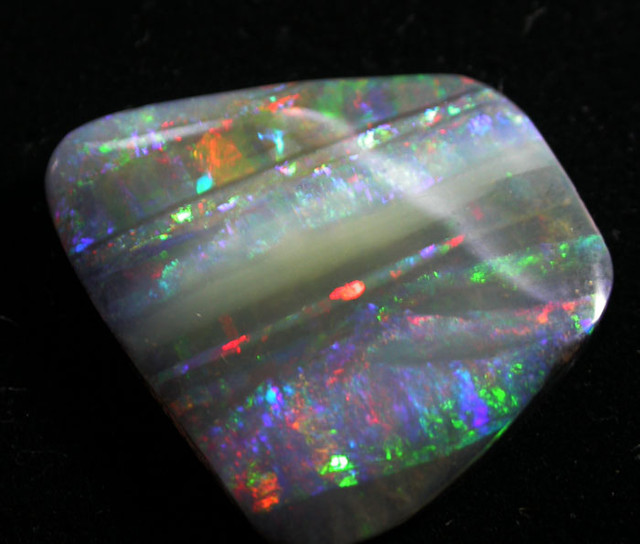
6. ÓPALO HONDURIANO
El ópalo hondureño es volcánico y presenta una gran variabilidad, desde un blanco lechoso con efecto fuego hasta un negro intenso, conocido como ópalo de matriz negra, que es poroso y difícil de pulir. El ópalo negro hondureño puede presentar hermosas vetas bandeadas de diversos colores intensos.
7. ÓPALO DE ESLOVAQUIA
El ópalo eslovaco tiene colores terrosos, desde amarillos hasta marrones, y algunos patrones de bandas como el ópalo sustituto de la madera, pero no tiene el juego de colores que tienen la mayoría de los demás ópalos.

8. ÓPALO INDONESIO
Los vendedores locales comercializan muchos ópalos etíopes como si fueran ópalos indonesios, pero actualmente es difícil encontrar ópalos locales, a excepción del ópalo de madera petrificada, que en su mayoría se trata mediante cocción y que presenta patrones deslumbrantes. El país también cuenta con opalita.

9. ÓPALO TANZANO
El ópalo tanzano es de color verde, similar al ópalo prase, aunque su producción es muy limitada. Se trata de un ópalo dendrítico de tonalidades amarillas.
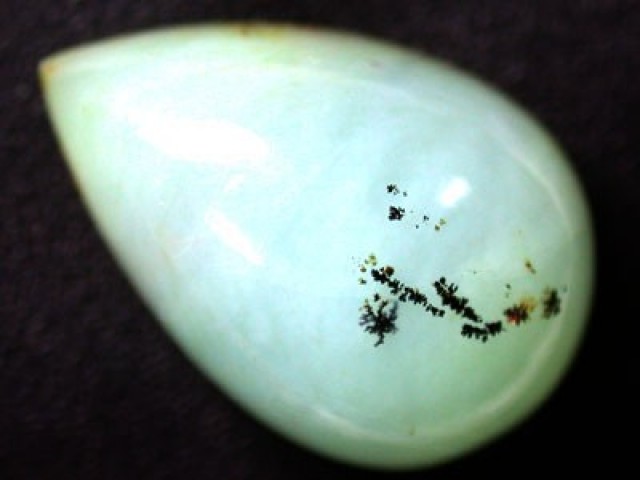
10. ÓPALO PERUANO
El ópalo peruano se encuentra en las altas montañas de los Andes en colores rosa y verde azulado y a veces mezclado con calcedonia drusa.

Buscar en el Opal Encyclopedia
Subastas relacionadas
Artículos relacionados
El ópalo de roca es uno de los ópalos más valiosos y subestimados del mercado. Descubra más sobre este ópalo único y explore las hermosas piedras que tenemos a la venta.
29th May 2019
Nueva Gales del Sur produce la mayor cantidad de ópalos australianos en términos de valor. Las dos zonas más famosas son Lightning Ridge, conocida por producir ópalo negro, la variedad más valiosa, y White Cliff.
16th Oct 2018
Existen numerosos yacimientos de ópalo en Queensland, distribuidos a lo largo de más de 1000 km. Haga clic para obtener más información sobre cada ubicación y ver los hermosos ópalos de Queensland que tenemos a la venta.
5th Mar 2019
últimos artículos
Los ópalos negros son la variedad más codiciada, con bases profundas que crean un arcoíris de reflejos en la parte superior. ¡Descubre los usos, las propiedades, la historia y el valor de los ópalos negros!
7th Dec 2025
Descubra cómo se clasifican los ópalos y qué factores influyen en su precio. Desde el color y el brillo hasta la talla y el origen, aprenda cómo se valora cada tipo de ópalo, con ejemplos de rangos de precios.
19th Jul 2023
¡Acompáñanos en un viaje y descubre el poder curativo de los ópalos de la mano de nuestra escritora invitada Vivien Schapera, de Crystal Healing Techniques!
20th May 2023
Categorías de artículos
All there is to know about Opals including Black Opals, Ethiopian Opals & Boulder Opal
14 Artículos
Check out our fascinating information and articles on all things amazing in the Opal world
41 Artículos
Opal Auctions sellers who are approved as opal Verified Sellers
4 Artículos




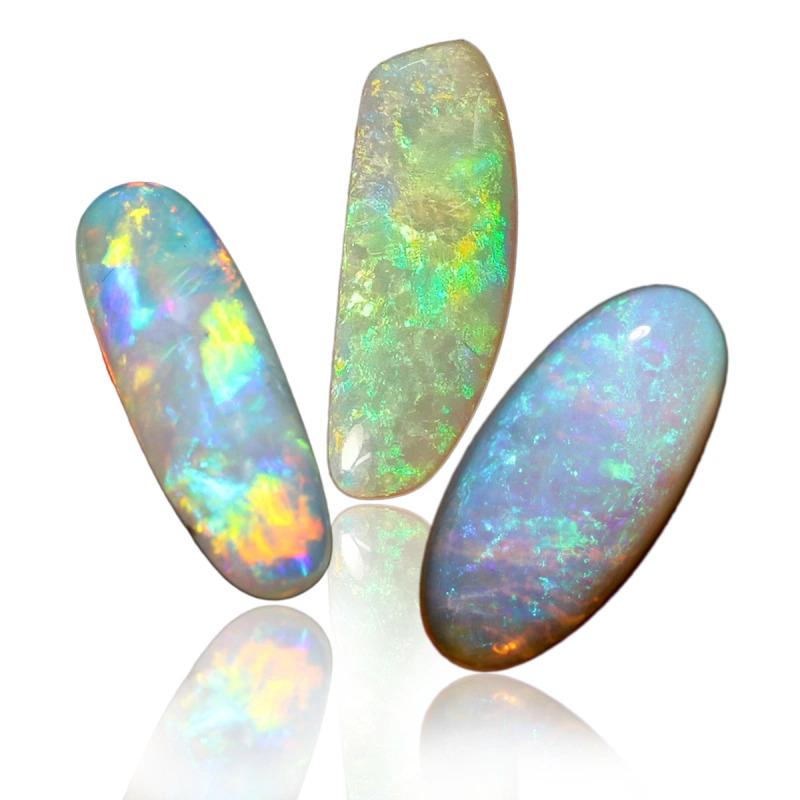

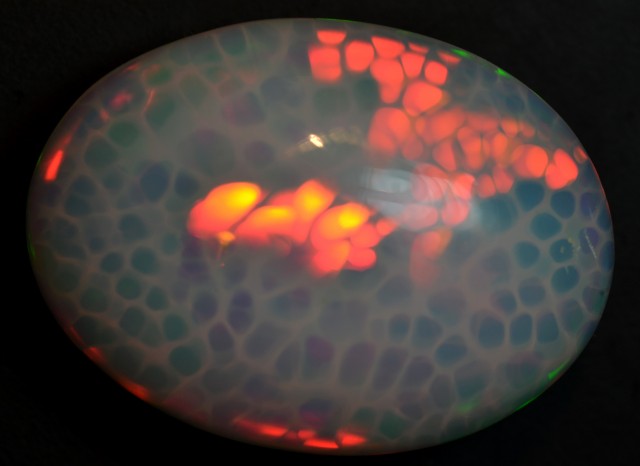











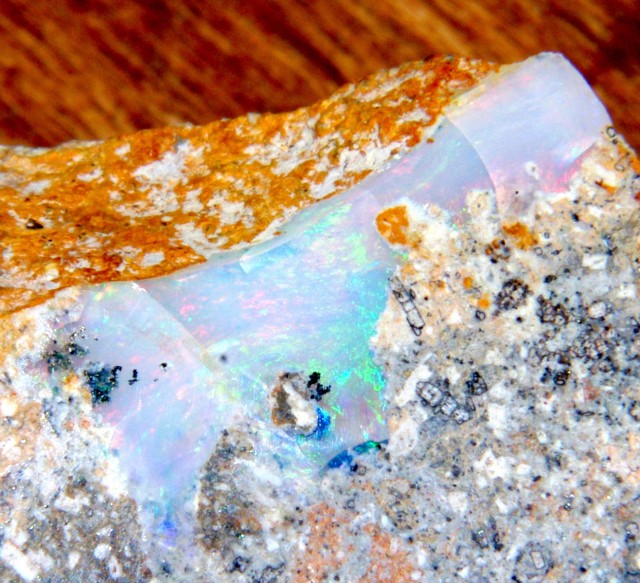





![1.65 CTS AUSTRALIAN VOLCANIC OPAL DOUBLET [VS6792]](https://liveplatforms-production.b-cdn.net/tenants/oa/uploads/images/540000-544999/542033/55d3d22ebc211.JPG?width=480&aspect_ratio=1001%3A1000)
![3.15 CTS AUSTRALIAN VOLCANIC OPAL DOUBLET [VS6790]](https://liveplatforms-production.b-cdn.net/tenants/oa/uploads/images/540000-544999/542029/55d3d1c277c2b.JPG?width=480&aspect_ratio=1001%3A1000)
![3.2 CTS AUSTRALIAN VOLCANIC OPAL DOUBLET [VS6787]](https://liveplatforms-production.b-cdn.net/tenants/oa/uploads/images/540000-544999/542019/55d3d0104e63a.JPG?width=480&aspect_ratio=1001%3A1000)
![3.55 CTS AUSTRALIAN VOLCANIC OPAL DOUBLET [VS6783]](https://liveplatforms-production.b-cdn.net/tenants/oa/uploads/images/540000-544999/542009/55d3cf90e2943.JPG?width=480&aspect_ratio=1001%3A1000)